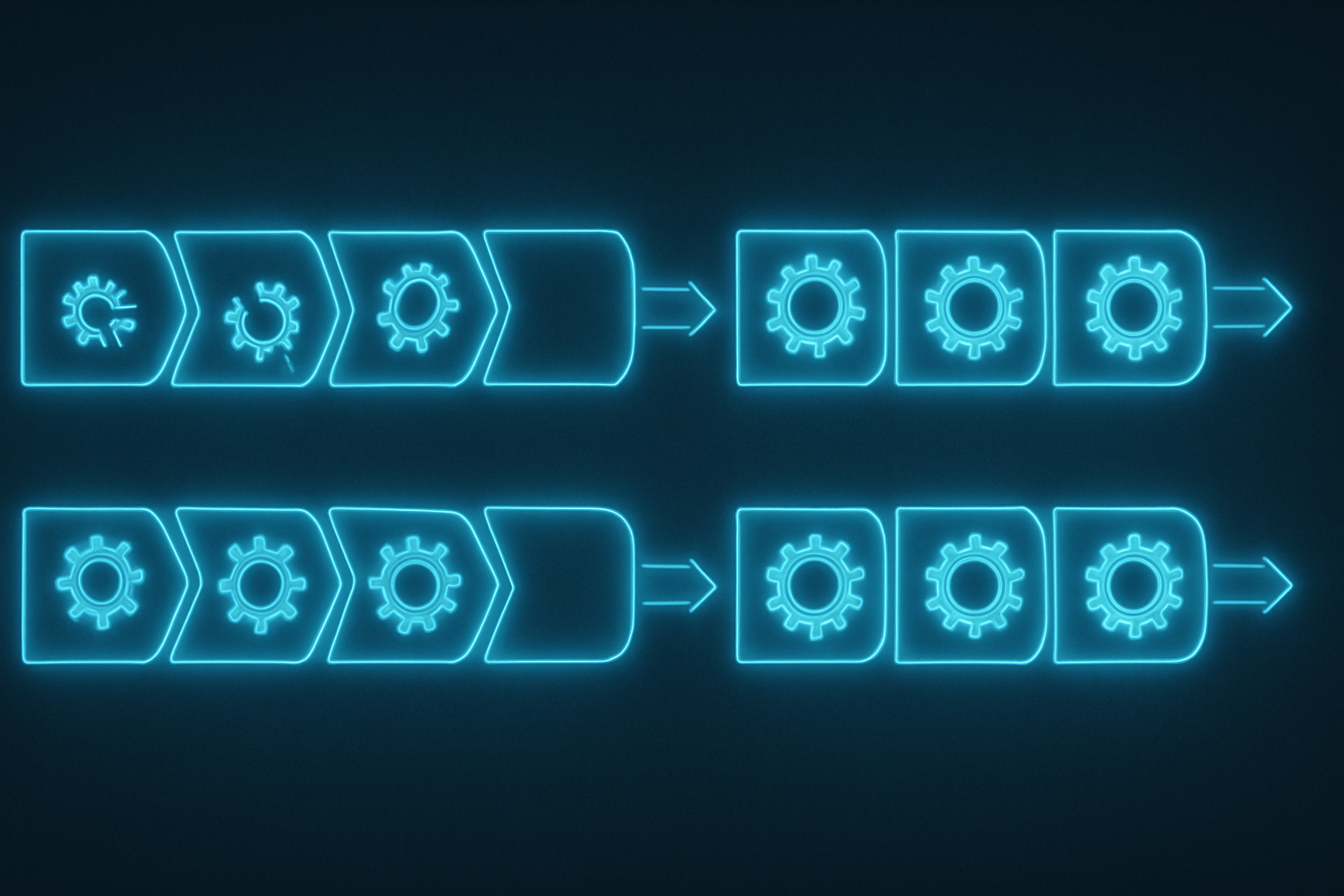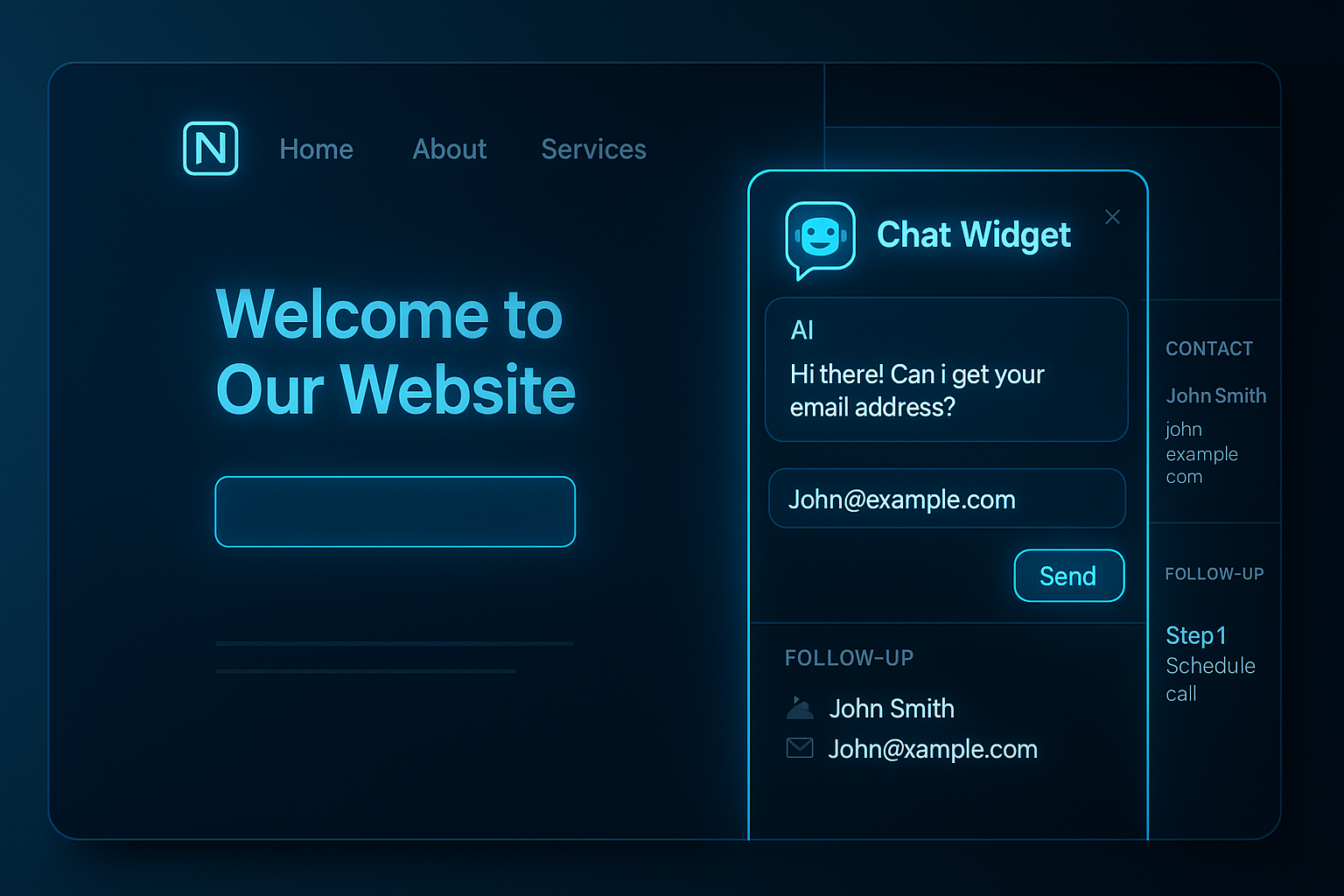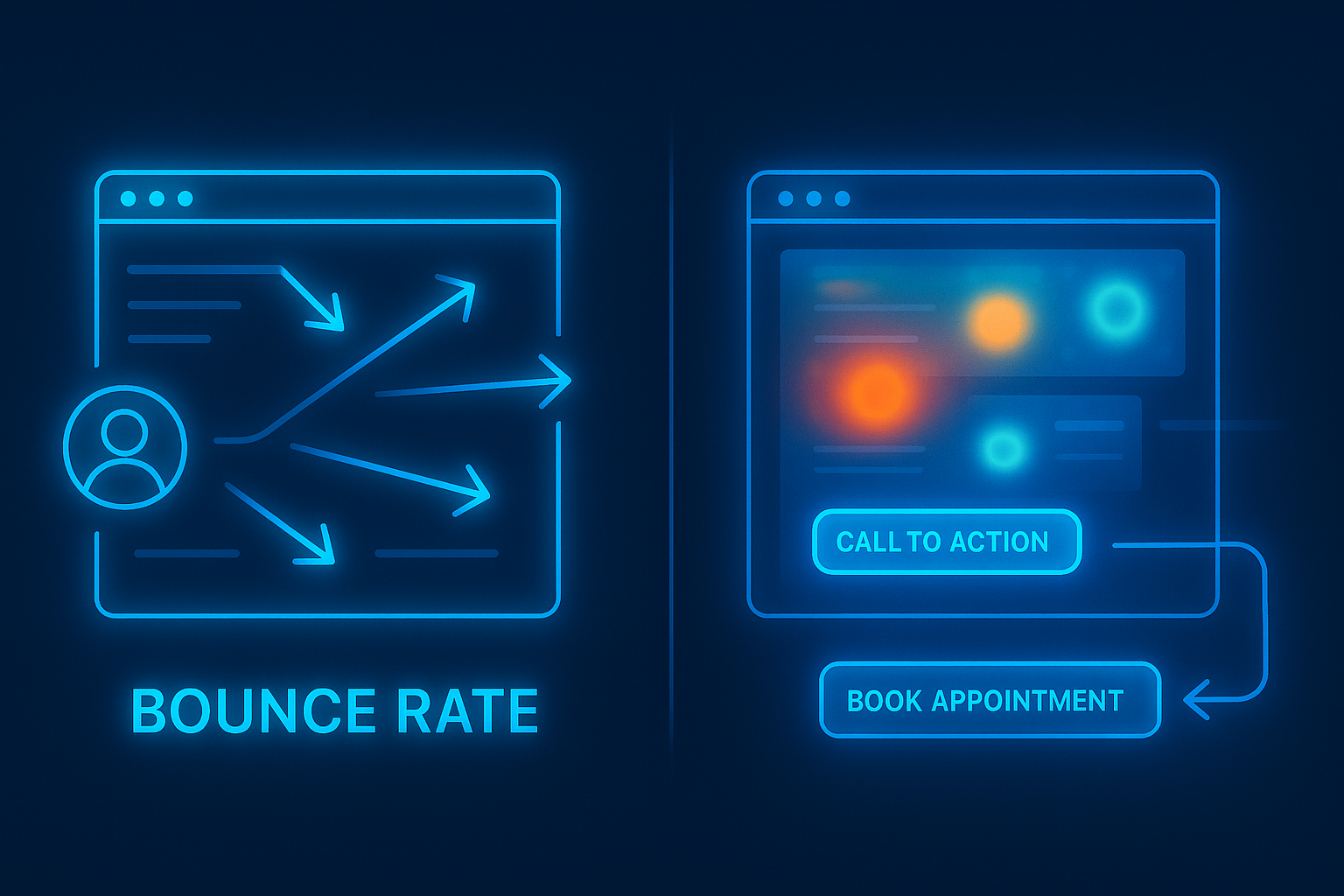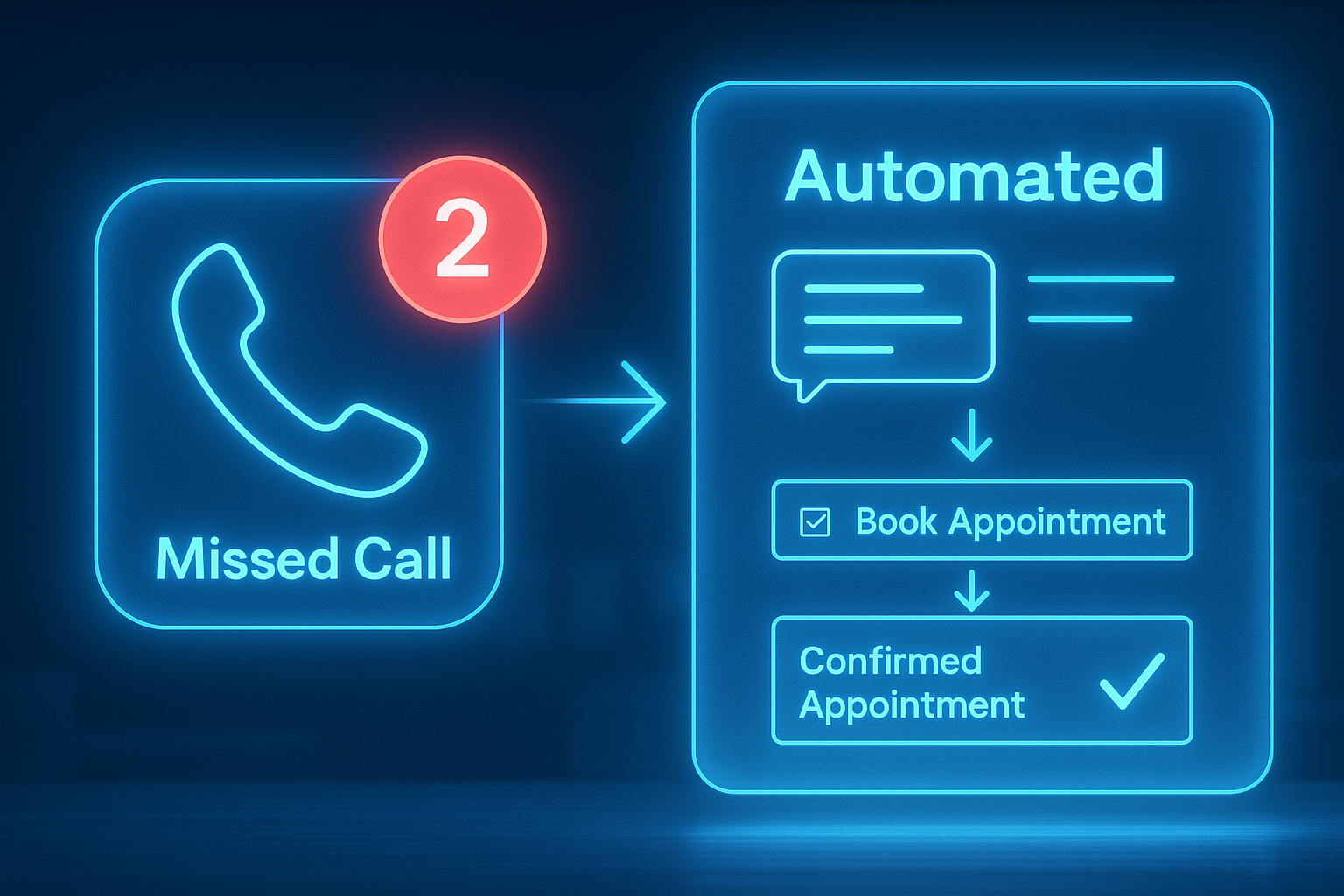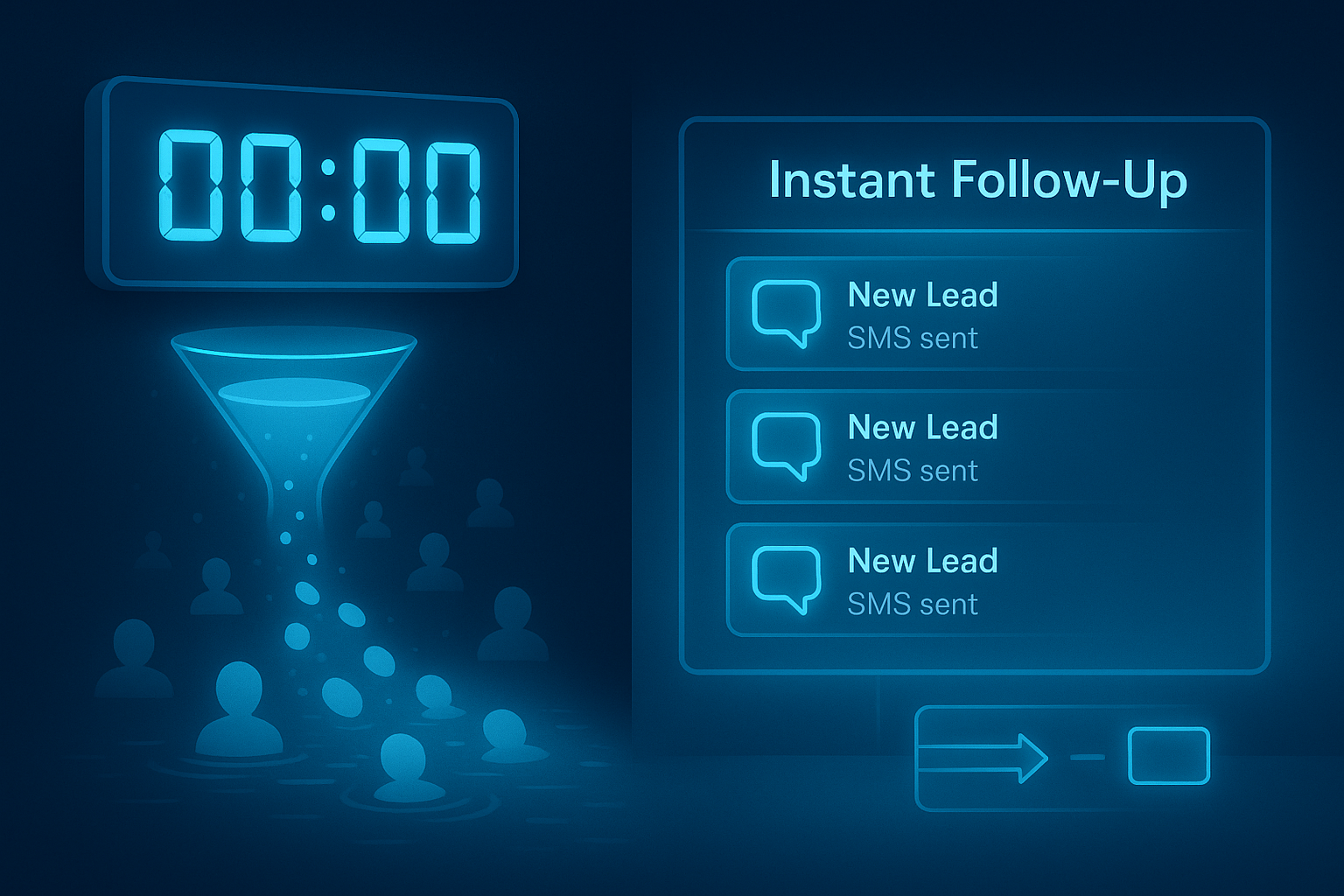How to Know If Your CRM Is Helping or Hurting Your Business
Why Your CRM Feels Like More Work Than It’s Worth—and How to Turn It Into Your Most Valuable Tool

If your CRM feels like another full-time job, you’re not alone.
The right CRM should act like a command center: giving you visibility, automating busywork, and helping your team close more business.
But too often, CRMs create more confusion than clarity.
A cluttered CRM doesn’t support growth—it slows it down.
In this blog, we’ll break down the signs that your CRM is hurting more than helping, and show you how to restructure it to fuel consistent, scalable growth.
The Red Flags: When a CRM Becomes a Bottleneck
❌ You’re Not Using It Consistently
If your team avoids your CRM—or uses it differently—it’s not helping you track anything reliably.
❌ Data Feels Disconnected or Duplicated
When you have leads showing up in multiple places, conflicting notes, or manual entry everywhere, your CRM is introducing chaos instead of eliminating it.
❌ Follow-Up Tasks Fall Through the Cracks
If no one knows when to follow up, or leads aren’t moving through the pipeline… that’s a systems issue.
❌ You Can’t See the Metrics That Matter
If your dashboard doesn’t tell you who’s in each stage, what they’re worth, or who’s responsible—you’re flying blind.
Check out The Cost of Slow Follow-Ups—because broken follow-up often starts with broken CRM setups.
Real Example: How HubSpot Cleaned Up CRM Clutter to Increase Conversions
HubSpot’s own internal teams once faced CRM bloat—too many fields, workflows, and legacy triggers. The result? Slowed reps and missed opportunities.
They initiated a company-wide CRM hygiene project:
- Deleting duplicate properties
- Streamlining pipeline stages
- Adding accountability to ownership fields
The result? More closed deals, faster cycles, and easier onboarding for new reps.
How to Tell If Your CRM Is Actually Helping
Ask yourself:
- Does your CRM show me who’s ready to close this week?
- Can I assign, automate, and track every lead from start to finish?
- Do I get alerts when someone goes stale or a deal is lost?
- Is my team consistently using the same pipeline and playbook?
If you hesitate on any of these, your CRM might be slowing your growth.
Check out From Chaos to Clarity to learn how cleanup impacts performance.
The Core Functions Your CRM Should Be Handling
1. Lead Routing & Stage Management
Every new lead should trigger a stage, an owner, and an automation—automatically.
2. Task Automation
Assign follow-up reminders, nurture campaigns, and proposal deadlines based on actions or inactivity.
3. Pipeline Visibility
Your dashboard should tell you:
- How many leads are active
- What each stage is worth
- What’s moving forward (or not)
4. Client Handoff & Fulfillment Triggers
Closing a deal should trigger a fulfillment checklist or onboarding workflow—no manual handoff needed.
Fixing CRM Chaos: Where to Start
✅ Step 1: Audit What’s in There
Clean out unused fields, dead pipelines, and inactive tags.
✅ Step 2: Simplify Your Stages
Use only the ones that matter. No more “cold warmish maybe” pipelines.
✅ Step 3: Assign Owners to Every Stage
Make sure someone’s always responsible for follow-up, progress, or closing.
✅ Step 4: Build Smart Automation
Only automate what’s proven to work. Keep sequences lean, clear, and strategic.
Final Takeaway
Your CRM should feel like a partner, not a puzzle.
If it’s slowing you down, it’s not a system—it’s a liability.
Clean it up. Automate what matters. And use your CRM to scale—not just store data.
Next Steps
If your CRM feels overwhelming or underperforming, let’s fix it. Schedule a strategy call and we’ll audit your setup, simplify your workflows, and build a system that drives follow-ups, conversions, and growth—without the tech headaches.
More Marketing Tips, Tricks & Tools


